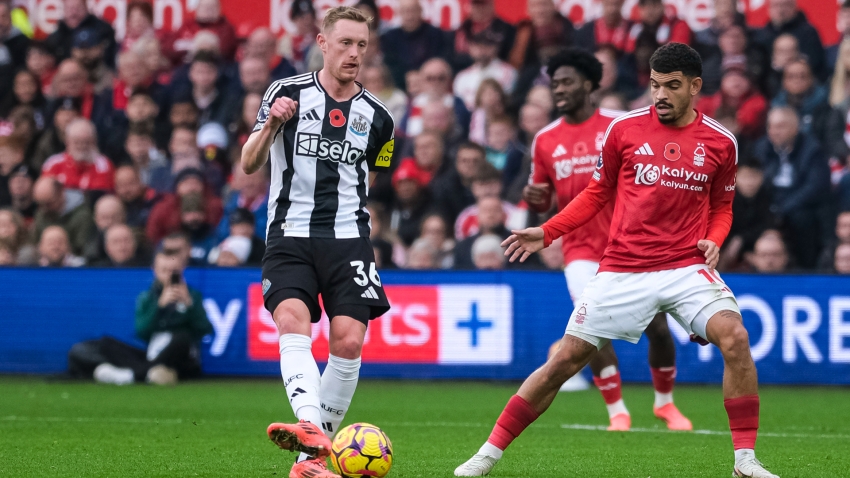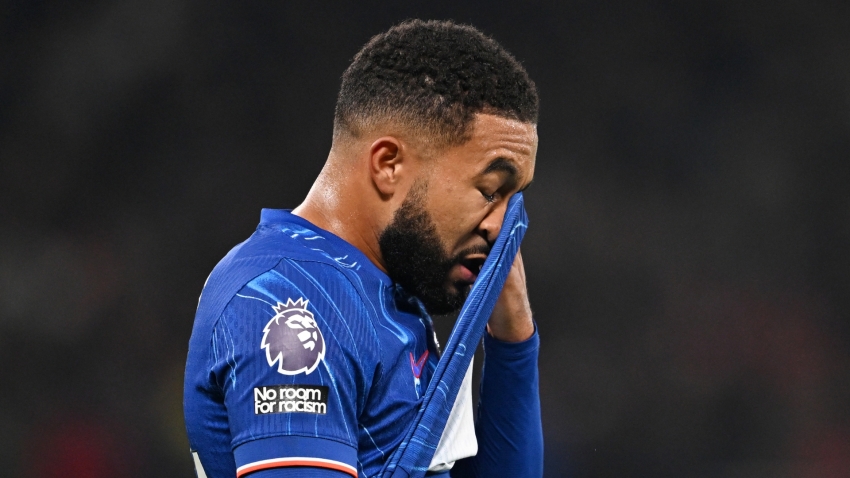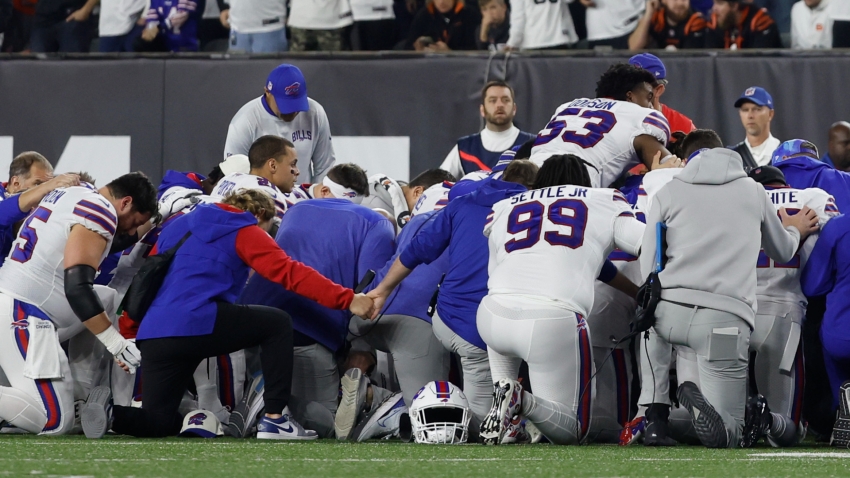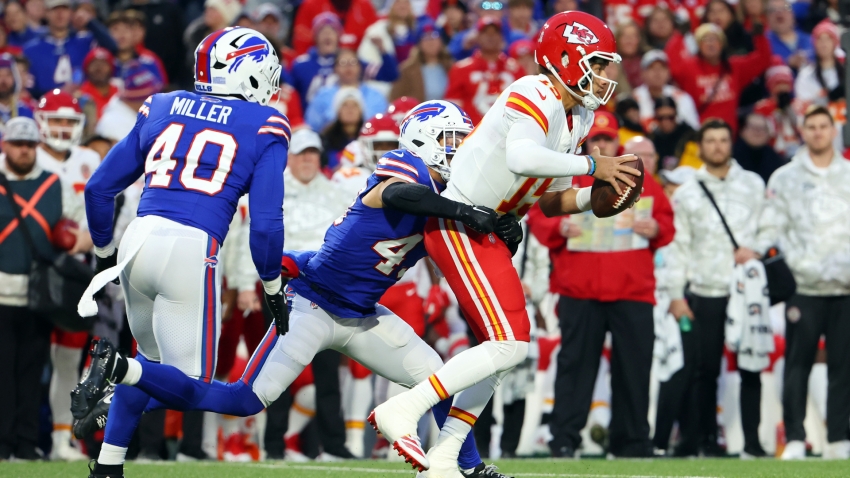Damar Hamlin's cardiac arrest is an important reminder for sports organisations and leagues to "reinvigorate their protocols" in order to react as quickly as possible for "life-saving opportunities".
The 24-year-old Buffalo Bills safety collapsed on the field during Monday's NFL clash against the Cincinnati Bengals, with the incident occurring during the first quarter at the Paycor Stadium.
Hamlin remained down for over 10 minutes as CPR was administered on the field, before he was loaded into a waiting ambulance and transferred to the University of Cincinnati medical facility. He has been described as being in a critical condition.
Speaking to Stats Perform, Dr Benjamin Abella MD, Professor of Emergency Medicine and Director at the Center for Resuscitation Science, said the NFL and organisers for the 2026 men's football World Cup, of which the USA is a co-host. will be constantly working on ways to improve reactions to medical emergencies on the field.
"There are important lessons for professional sports in all of this. We can also mention Grant Wahl, the journalist who died in Qatar recently. Now his situation may have been more complicated," he added.
"But in all of these cases, the presence of CPR-trained individuals, and importantly, the rapid availability of automated external defibrillators is crucial.
"With the World Cup coming to the US in some time, they will have to think very carefully about emergency action plans and the availability of AEDs. I think the NFL continues to address this and think about this, and rightfully so.
"It's quite a challenge when you have a massive venue if a cardiac arrest occurs in the stands, if it occurs on the field, how do you rapidly get a defibrillator and rescue team to the victim? It's not a simple problem.
"But it's something that sports leagues and sports venues need to constantly train for and reinvigorate their protocols for because life-saving opportunities are there. It's all a matter of the logistics and the timing of it."
Dr Abella explained the general public can also be educated on how to swiftly provide assistance when cardiac arrest occurs.
"Cardiac arrest is one of the most time-sensitive diseases in all of medicine, it turns out that the chance of surviving cardiac arrest falls by 10 to 15 per cent for every minute without CPR.
"So, it's a very dramatic and unfortunate condition that requires immediate action. This is especially important for the public to be aware of because everyone can do something, if they see someone collapse in cardiac arrest, they can provide CPR.
"The other key action is the use of an automated external defibrillator AED, which is now present in so many places, gyms, airports, train stations, restaurants.
"Through CPR and the use of AED, survival from cardiac arrest is not guaranteed, but the chance of survival is much improved."
Dr Abella detailed the key steps that will be taken in Hamlin's treatment.
"After initial recovery from cardiac arrest, where his heart is now beating, and he's moving blood, it's still a very tenuous, dangerous time for him," he said.
"In the days following cardiac arrest, there's a race to save the brain and improve organ function. A number of things are done in the hospital, generally in the ICU, and there are really three main things that will be taking place over the next few days.
"One is the use of a treatment modality known as targeted temperature management or TTM, which is an approach of carefully and precisely maintaining certain body temperatures for therapeutic gain. Generally, patients are cooled, and their body temperature is lowered modestly, which has actually been shown to improve brain recovery after cardiac arrest.
"Another key thing that almost certainly is being done is very, very careful management of blood pressure. If the blood pressure falls in a patient after cardiac arrest, and it tends to do so, this can be dangerous, because we need to maintain blood flow to the brain.
"So critical care physicians will be working carefully to monitor and manage his blood pressure with medicines and other things.
"The third important thing is going to be neurologic assessment. This is, I think, the part that's going to be hardest for all of us to watch because it generally takes two, three, four or five days, it takes a while. And we do this through recording of brainwaves, and also through imaging of the brain."































